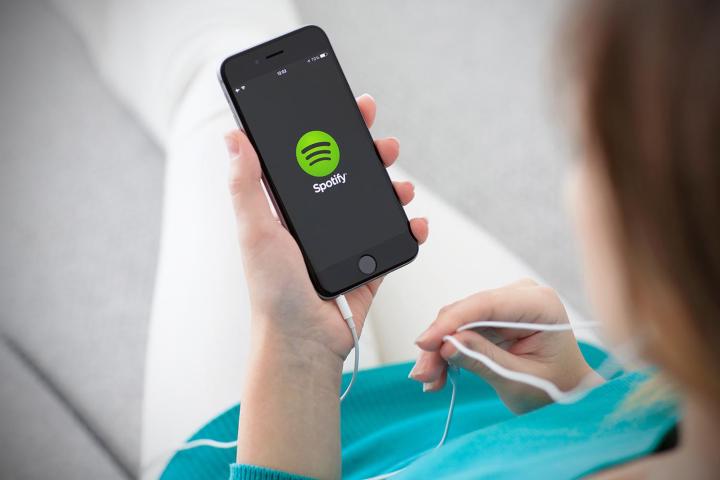
Those estimates turned out to be fairly on the mark, as today Spotify confirmed a base of 100 million monthly active users, Reuters reports. This is despite ever-increasing competition from both existing streaming platforms and the (comparatively) recently launched Apple Music.
Spotify may have far and away the largest user base, but a lot of this has to do with its free, ad-supported tier, as the vast majority of its users aren’t paying for a monthly subscription. As of February, only 30 million subscribers were paying a monthly subscription fee. This is still twice the 15 million subscribers paying for Apple Music, but that service hasn’t even been available for a year.
Considering the way its free user base eclipses its paid subscribers, it may seem that Spotify isn’t all that profitable — especially considering the company’s claim that it pays roughly 80 percent of its revenue to record labels and rights holders. That could be set to change in the near future, however, as earlier this month Spotify head of policy Jonathan Prince said that the company was working toward a tier of music that is only available to subscribers.
Whether or not these exclusive albums will result in a massive growth of Spotify’s subscribers remains to be seen, but exclusive album releases on Tidal have helped that company’s subscribers numbers, even if only temporarily. With Amazon reported to be working on a new music streaming service, and Apple doubling down on Apple Music with a redesigned interface, Spotify has a lot of work ahead of it if it wants to keep up the lead it has built.


